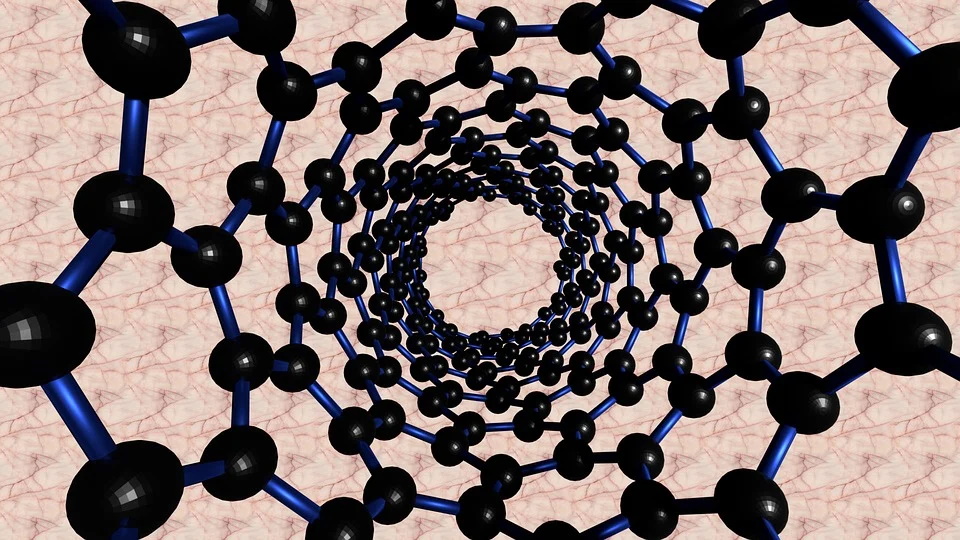
Scientists at the Institute for Nanotechnology are developing carbon nanotube-based nanogenerators that convert deformations and vibrations from city noise, movements, and conversations into electrical energy for autonomous power supply of wearable electronic devices, such as electronic watches, phones, headphones, etc. , Electronics and Instrumentation (INEP) of the Federal University of the South (SFU), March 7, the press service of the university.
INEP employees, under the leadership of the Candidate for Technical Sciences, Associate Professor Marina Ilyina, chose for scientific research in the field of creating autonomous power sources, which do not require recharging, for personal and portable electronic devices based on into nanogenerators that convert and store energy from the environment, nitrogen-doped carbon nanotubes (N-CNTs).
Marina Ilyina explained: “The idea of developing nanogenerators based on the conversion of mechanical energy from the environment into electrical energy using the piezoelectric effect in nanoscale structures was raised in 2006. And since then there has been a search for a suitable material for its implementation. Classical piezoceramic structures are not suitable, since they are brittle and, as a rule, toxic due to the presence of lead in the composition, and piezoelectric semiconductor nanostructures (zinc oxide, gallium nitride) do not have a sufficiently high piezoelectric modulus. high for efficient energy. conversion..
Scientists have studied the influence of the geometric and mechanical parameters of N-CNTs on the value of the piezoelectric module and the generated current. As a result, they found that pyrrole-type nitrogen-doped nanotubes (creating heterocyclic compounds) have increased mechanical and piezoelectric parameters, allowing the amount of current generated during deformation to be significantly increased.
Furthermore, it was found that the piezoelectric properties of N-CNTs depend on their length and diameter, while classical piezoelectrics do not show such a dependence.
The researchers found that there is a linear increase in the piezoelectric modulus (a measure of the piezoelectric effect of deformation) at low values of the aspect ratio in N-CNTs from length to diameter (7-30). An increase in this ratio above this limit leads the dependency to saturation.
Therefore, in order to maintain a high “sensitivity” of N-CNTs to external mechanical impacts, it is recommended to use N-CNT arrays with an aspect ratio of about 30.
“The results of this study show that nitrogen-doped carbon nanotubes are an excellent candidate for the development of high-performance nanogenerators due to the combination of high mechanical and piezoelectric properties, allowing us to take an important step forward for implementation. practice of this idea”said the head of the study.
The scientists presented their results in the paper “Investigation of Nitrogen-Doped Carbon Nanotubes for the Creation of a Piezoelectric Nanogenerator,” published in the journal Low Power Electronics and Applications.
Source: Rossa Primavera
I am Michael Melvin, an experienced news writer with a passion for uncovering stories and bringing them to the public. I have been working in the news industry for over five years now, and my work has been published on multiple websites. As an author at 24 News Reporters, I cover world section of current events stories that are both informative and captivating to read.
